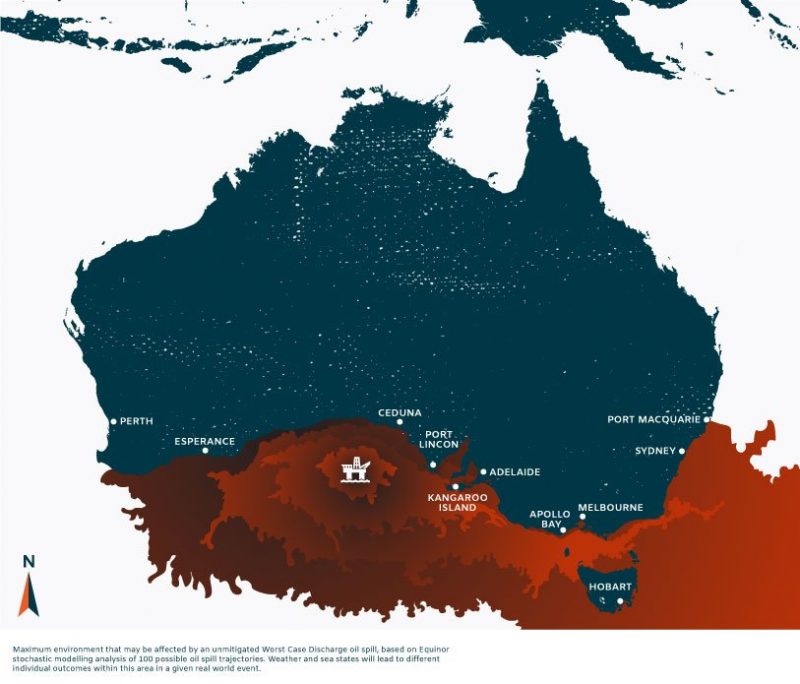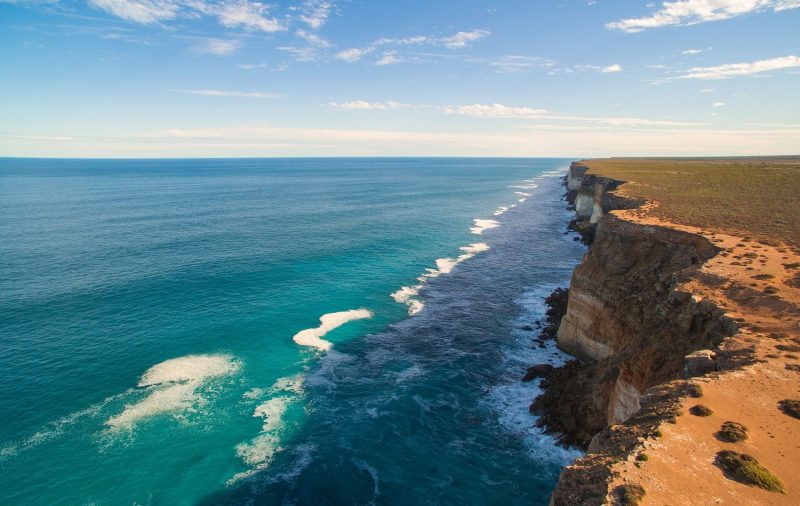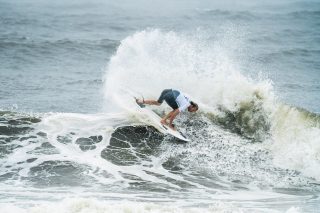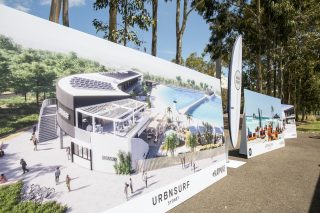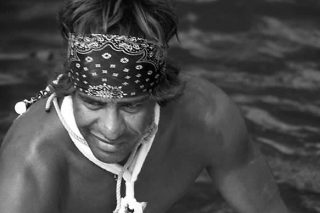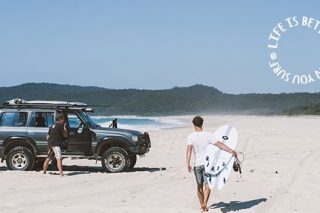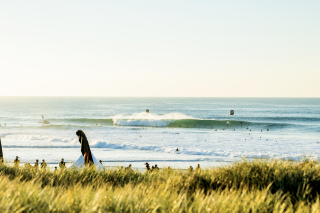ASB MAGAZINE: Norwegian oil giant Equinor will forge ahead with its plans to exploit the pristine marine marvel that is the Great Australian Bight, this week announcing Equinor had lodged its Environmental Plan, to pursue risky ultra-deepwater oil in drilling in one of the world’s roughest seas. And you only have 30 days to make your objection known.
“Equinor said it would not push through resistance if it is not wanted, yet it is ignoring the huge growing community opposition and pushing ahead with its totally irresponsible plan to open up a new oil precinct in the pristine, deep and rough waters of the Great Australian Bight,” said Wilderness Society South Australia Director Peter Owen.
“Fifteen southern Australian coastal local government have now voted their concern or opposition to oil drilling in the Bight. These councils represent some of Australia’s biggest tourism drawcards, Kangaroo Island, the Twelve Apostles, Bells Beach and the Great Ocean Road, as well as the home of the southern hemisphere’s biggest fishing fleet.
“Furthermore, Equinor has not consulted with legitimate stakeholders with relevant interests, as the regulations require and even BP was willing to do.
“Equinor is acting worse than notorious environmental vandal BP, which brought us the world’s biggest oil spill accident, the Deepwater Horizon tragedy in 2010, when 800 million litres of oil spewed into the Gulf of Mexico for 87 days after attempting to drill an exploration well.
“Equinor is ignoring local governments representing half a million people who oppose oil drilling in the Bight and has ignored the regulations in Australia by not consulting with relevant stakeholders. Norwegians would be justifiably horrified to find out that their state-owned oil company is carrying on like cowboys in Australia and ruining their country’s good name.
“Equinor has shown it does not understand Australia and the importance of our First Nations people, the Traditional Owners, local government and environment organisations, which helped establish the marine parks that Equinor wants to drill in.
“Consultation is supposed to be a two-way process, working together with stakeholders to mitigate the impacts of such proposals, but Equinor has not consulted with the Wilderness Society, which campaigned for the marine parks Equinor wants to drill for oil in.
“Equinor may say it is consulting with its public feedback process but that is not the consultation required by law. Equinor has given the public just four weeks to try to digest highly detailed information and address problems that should have been addressed during the consultation process that Equinor is trying to avoid. The public should let Equinor know exactly how they feel about this totally irresponsible plan to drill in the Great Australian Bight.
“Ultra-deepwater drilling is a relatively new, high-risk operation carried out mostly in the Gulf of Mexico and off the coast of Brazil. Ultra-deepwater drilling caused the world’s biggest oil spill accident, the Deepwater Horizon tragedy in 2010, when 800 million litres of oil spewed into the gulf for 87 days after BP attempted to drill an exploration well.
“The Great Australian Bight waters are deeper, more treacherous and more remote than the Gulf of Mexico. Equinor’s own oil spill modelling showed a spill from an ultra-deepwater well blowout in the Great Australian Bight could impact anywhere along all of southern Australia’s coast, from Western Australia right across to Victoria through Bass Strait to NSW and around Tasmania. A spill could hit Adelaide in 20 days and could hit Port Lincoln and Kangaroo Island in 15 days.
“There is no established offshore oil and gas industry in South Australia to deal with a disaster. More than 6800 boats were involved in the Gulf clean-up but the South Australian Oyster Growers Association says that SA and neighbouring states probably have only 20 vessels that could operate safely in the waters where BP-Statoil planned to drill.
“A spill would be devastating for South Australia’s $442 million fishing industry and its tourism industries in coastal regions, worth more than $1 billion. The two industries employ more than 10,000 full-time positions.
“The Great Australian Bight is a unique, pristine wilderness marine environment, with 85 per cent of its marine species found only in these waters. The Bight is a haven for 36 species of whales and dolphins, including the world’s most important nursery for the endangered southern right whale. The Bight is Australia’s most important sea lion nursery and supports seals, orcas, giant cuttlefish, great white sharks and some of Australia’s most important fisheries.
“It’s totally irresponsible to be risking the Bight and a liveable climate for our children when the stakes are so high.
“Australia is in the midst of an environmental crisis. Greedy corporations are trampling over Australian communities to damage our environment and health, taking advantage of weak laws and governments, to trash our forests, seas, wildlife and climate. Communities need strong new laws that actually protect their environment and an independent national environment protection watchdog to enforce those laws. Equinor has turned the Great Australian Bight into a major election issue.”
KEY POINTS:
- Equinor ignores regulations about consultation with Environmental Plan
- Equinor said it will not push through resistance if it is not wanted
- 15 southern Australian councils have voted their concern or opposition to Bight drilling
- Public should use feedback period to tell Equinor exactly how it feels about drilling in Bight
#fightforthebight
To say NO to NOPSEMA click HERE
Leave a message for EQUINOR click HERE
